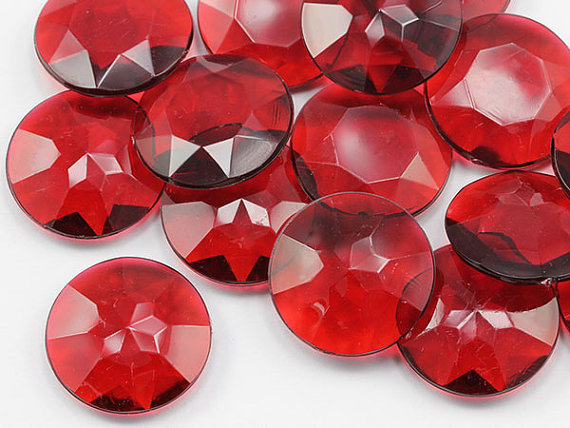Jewels in a watch certainly sound exotic and prestigious. I mean .. diamonds, rubies and sapphires. It makes your watch sound like a pirate’s treasure chest! The more jewels the better!! Right?
If you’re expecting this …

Don’t … Jewels found in watch movements are used as bearings to prevent certain contact points within the mechanism from wearing down during the course of operation. Hard jewels (diamond, ruby and sapphires) are commonly used because they are the hardest material available. Primarily these days, on quality movements you will see synthetic, man-made rubies used; diamonds are too expensive and sapphires are presumably not as hard. Although through casual internet surfing I am seeing quite a bit of sapphire out there as well.
The jewels we are actually talking about are so small, and the fact that they are man-made would suggest that the rubies used in watch movements are to naturally occurring rubies what cubic zirconia is to a diamond.
But they do seem to pack a lot of influence … Watch manufacturers seem to boast about the number of jewels they possess … Presumably 10 jewels is better than 7 and 17 is better than 10 and 27 is better than 17 … etc etc… also not true.
According to this much more literately written article on A Blog To Watch, in the days before automation, setting these tiny little jewels was so complicated that you only used as many as you needed. Therefore the number of jewels present in a movement was an indicator of the complication of the movement itself (more moving parts) and amount of effort and attention and thus the quality of the movement itself. These days, however, with the advent of synthetic rubies, tools and automation, setting jewels is not as difficult or as expensive as it used to be. Manufacturers may sometimes pack more jewels into their watches than is necessary in an effort to project a higher level of quality than is really present.
So the number of jewels required really depends on the requirements of the movement. The more complications and moving parts, presumably the move jewels are necessary. So if you find a watch that does no more than tell the time yet boasts “27 jewels” … it probably represents more marketing than functionality.





